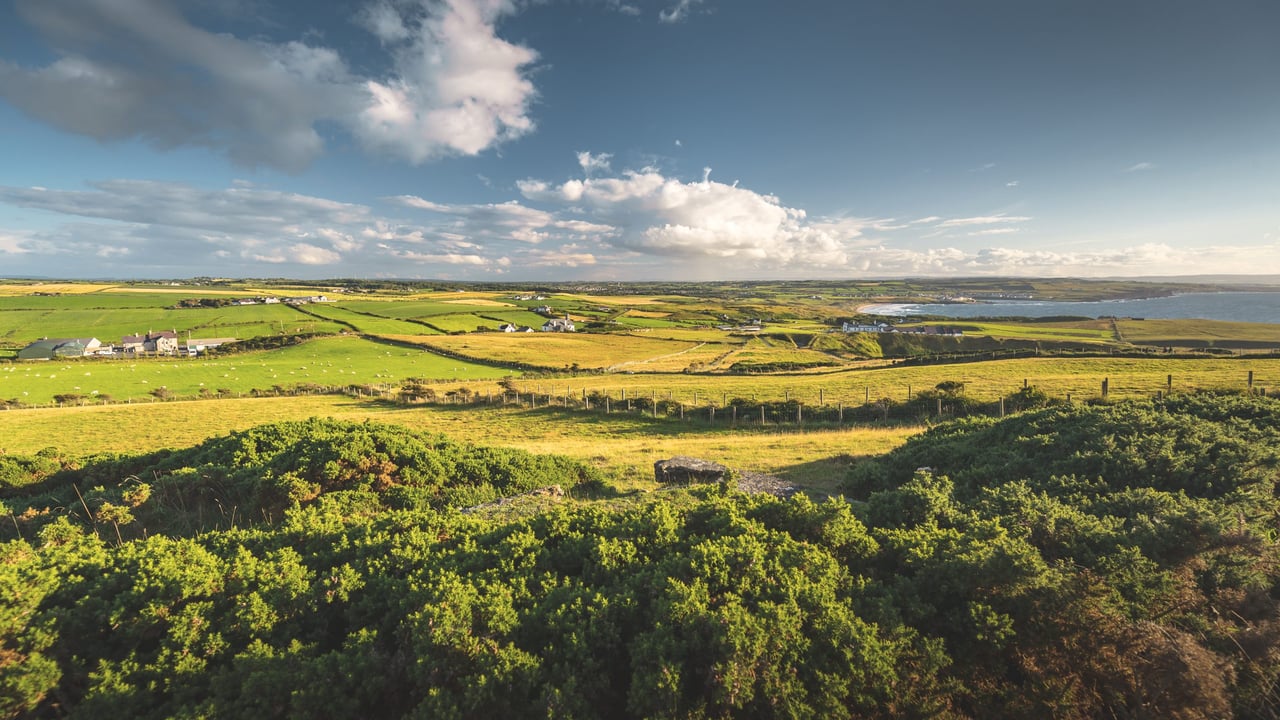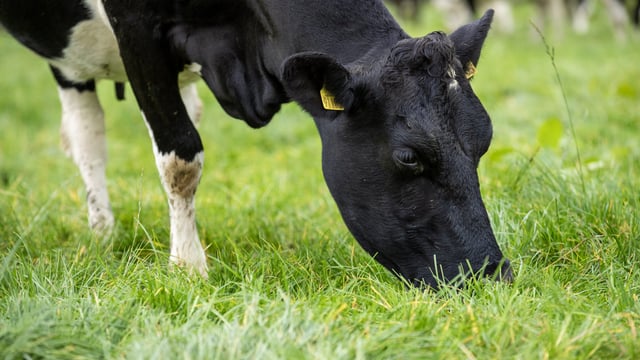Mid-term review of Forestry Programme underway
A mid-term review of the national Forestry Programme for 2023-2027 is currently being undertaken, according to Minister of State with responsibility for forestry Michael Healy-Rae.
He said he is "working with all stakeholders to improve our supports".
According to the Department of Agriculture, Food and the Marine, in 2025, it has "continued to achieve key objectives of Ireland’s Forest Strategy 2023-2030"
This includes the delivery of the 2023-2027 Forestry Programme, which, at €1.3 billion, is the "biggest and best-funded forestry programme to date" in Ireland.
Minister of State with responsibility for forestry, Michael Healy-Rae, said: “This year, my department has allocated €91 million to forestry.
"In addition to the afforestation schemes, [the department] is implementing 14 schemes supporting existing forests, providing training, and promoting sustainable forest management.”
In 2025, this has resulted in payments for the planting of 1,566 hectares, with a further almost 4,500 hectares approved and not fully planted, DAFM said.
Minister Healy-Rae continued: “This Forestry Programme offers a very generous package to farmers, with premiums increased by between 46% and 66%, and the length of premiums increased to 20 years for farmers.
"I have also ensured that we continue to support people affected by ash dieback disease through a package worth a total of €230 million, and which includes a doubling of site clearance grants, and a €5,000 per-hectare Climate Action Performance Payment.
"I have made sure that we are working rapidly to support those affected by Storms Darragh and Éowyn to fell and replant, with 65% of windblown trees now having a felling licence, and any windblow felling licence applications on hand being prioritised.”
The department said it has also "invested significant resources in the processing and approval of licences".
It said that turnaround times are reduced and now in line with the agreed Farmers’ Charter commitments of six months and nine months, respectively, for files screened out or screened in for environmental assessment.
In addition to its own communications, the department said it has funded 42 stakeholder-led forestry promotional projects, spending €1.4 million over the last two years, and the 2025 programme is due to commence shortly.
"The department is continuing to expand its engagement programme, working to identify specific barriers to taking up our schemes, examining what additional supports people might need, and how it can work with them in a more targeted way," DAFM said.
"Supported by these initiatives, forest land and harvested wood products (HWP) have represented a significant carbon sink since 1990, and HWP will continue to be an important store of carbon in all years out to 2030 and beyond.
"The Environmental Protection Agency’s most recent inventory report shows that forest land and HWP contributed to a total removal of 2.5 million tonnes of carbon dioxide equivalents in 2023.
"The department continues to explore the potential to plant trees where appropriate, guided by the latest scientific evidence."
Ireland is also guided by its state aid approval letter from the European Commission which stipulates that:
- The inappropriate afforestation of sensitive habitats such as peat lands and wetlands will be avoided;
- The carbon balance is neutral or positive - organo-mineral soils with peat depth greater than 30cm are excluded from afforestation;
- Afforestation of organo-mineral soils with peat depth lower than 30cm is subject is certain safeguards.
The department is investing €2.7 million in the PeatFor research project led by University of Limerick.
This project will provide a carbon emission factor for forested peatlands, identify management options to enhance resilience and adaptability of peatland forestry, and enhance scientific understanding of the potential for climate mitigation, biodiversity conservation and water protection from peatland forestry.
The project runs for the next four years, and it is hoped to have preliminary results within two years.
Minister Healy-Rae concluded: “It is critical that we get a balance between the economic needs of the forestry sector and supporting employment, and our responsibility to climate and biodiversity.
"That is why I am working closely with my officials to make sure that we are increasing funding where we can, improving engagement with the sector, and carrying out more research to support progress and sustainable afforestation rates year-on-year.”





